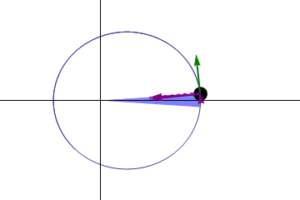
The Power of Perihelion
We are all familiar with the idea of holiday stress. That feeling that time is going by faster and faster from Autumn until New Years.
Home » Science | Pseudo-Science | Conjecture » Astronomy

We are all familiar with the idea of holiday stress. That feeling that time is going by faster and faster from Autumn until New Years.
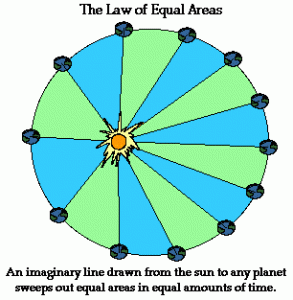
In 1246, the December Solstice was on the same day as the Earth reached its perihelion. Since then, the perihelion and aphelion dates have drifted

Johannes Kepler determined just how the planets of our solar system make their way around the sun. He published his innovative work on the subject from
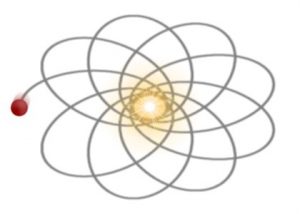
This information may be the most important regarding my hypothesis of a connection between Perihelion and the structure of the ancient calendars. It made me
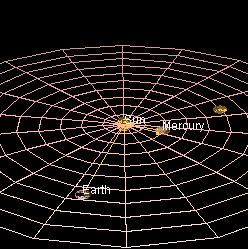
Could Mercury going retrograde be affecting you. Astrologers and new age devotees will claim it has an effect on behavior. However as an rational scientist
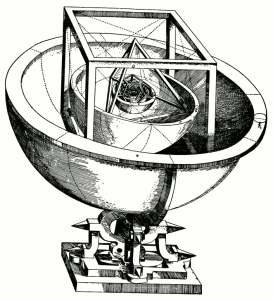
Nature, which is never not lavish of herself, after a lying-in of two thousand years, has finally brought you forth in these last generations, the
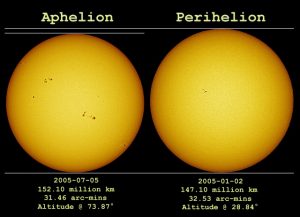
Elliptical orbit The AU is the average distance from the Earth to the sun. Earth makes a complete revolution around the sun every 365.25 days — one year.
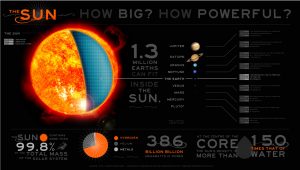
The Earth orbits the sun at a speed of about 18.4 miles per second or about 66,600 mph. The energy required to stop the Earth
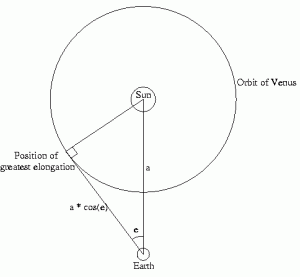
There is a way to generate the ephemeris, but it is slightly involved. The website to use is https://ssd.jpl.nasa.gov/horizons.cgi which is maintained by JPL. There
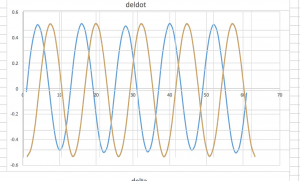
Change in earth’s orbital velocity over 1 year Actual JPL Ephemera Data Note the strange bumps in the acceleration near the time of perigee and

How do astronomers calculate the distance of the Sun from the Earth, or the actual size of the Sun, or the speed of travel
By EarthSky in Astronomy Essentials | Space | January 1, 2018 December solstice 2017 was December 21. Earth is closest to the sun for 2018 on January 2-3. Coincidence? Earth

Fact: John Hancock delayed the signing of the Declaration of Independence by at least one day so that it would fall on July 4th. What
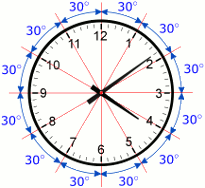
Ancient Roman Holidays & Festivals Compitalia – Late December or Early January Originally the Compitalia was a movable feast, one of the most important of
You may have wondered what that figure eight loop drawn on a globe is. It is the analemma. In astronomy, an analemma is a diagram
http://www.todayifoundout.com/index.php/2011/12/the-earth-is-hottest-when-it-is-furthest-from-the-sun-on-its-orbit-not-when-it-is-closest/ Today I found out the Earth is hottest when it is furthest from the Sun on its orbit, not when it is closest. During the
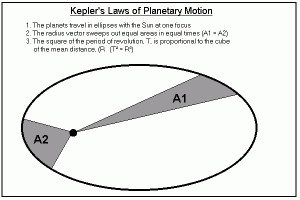
The Laws of Planetary Motion I. The orbits of the planets are ellipses, with the Sun at one focus of the ellipse. II. The line
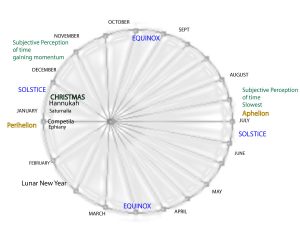
Consider this; As the winter holidays approach, the earth is approaching the sun. It is gaining velocity at an increasing rate. This acceleration increases until